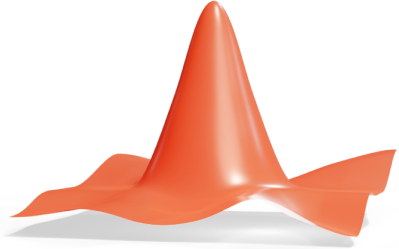9th Grade
How can you find the sum of an infinite geometric series with a variable quotient?
{
"voice_prompt": "",
"manuscript": {
"title": {
"text": "How can you find the sum of an infinite geometric series with a variable quotient?",
"audio": "How can you find the sum of an infinite geometric series with a variable quotient?"
},
"description": {
"text": "When the series converges, you can find the sum of an infinite geometric series with a variable quotient using the geometric series formula: S = a divided by one minus r, where a is the first term and r is the common ratio.",
"latex": "S = \\frac{a}{1 - r}",
"audio": "When the series converges, you can find the sum of an infinite geometric series with a variable quotient using the geometric series formula: S equals a divided by one minus r, where a is the first term and r is the common ratio."
},
"scenes": [
{
"text": "Let’s look at an example: For which values of x does the sum of the series equal 2? Start by setting the expression for the sum equal to 2.",
"latex": "\\frac{1}{x - 1} = 2"
},
{
"text": "To isolate x, multiply both sides of the equation by x minus 1.",
"latex": "1 = 2(x - 1)"
},
{
"text": "Next, divide both sides by 2.",
"latex": "x - 1 = \\frac{1}{2}"
},
{
"text": "Finally, add 1 to both sides to solve for x.",
"latex": "x = \\frac{3}{2}"
},
{
"text": "Let’s check if this value makes the series converge. Since three over two is greater than one, the quotient one over x equals two-thirds, and its absolute value is less than one. That means the series does converge—and the sum really is 2.",
"latex": "\\left| \\frac{1}{\\frac{3}{2}} \\right| = \\frac{2}{3} < 1"
}
],
"outro": {
"text": "When the series converges, you can find the sum of an infinite geometric series with a variable quotient using the geometric series formula: S = a divided by one minus r, where a is the first term and r is the common ratio.",
"latex": "S = \\frac{a}{1 - r}",
"audio": "When the series converges, you can find the sum of an infinite geometric series with a variable quotient using the geometric series formula: S equals a divided by one minus r, where a is the first term and r is the common ratio."
}
}
}
en_R2_sequence_geom_variable_quotient_sum.jsonOpen with Text Editor Share
Displaying en_R2_sequence_geom_variable_quotient_sum.json.




















